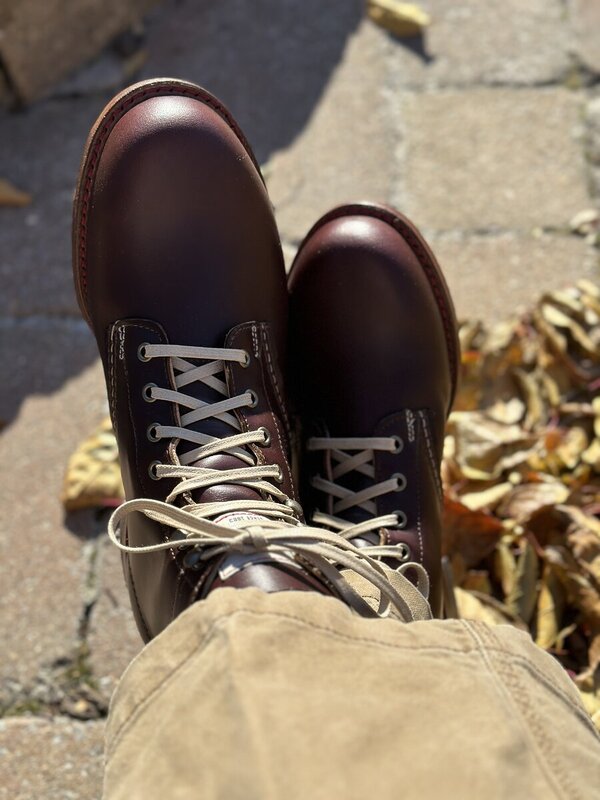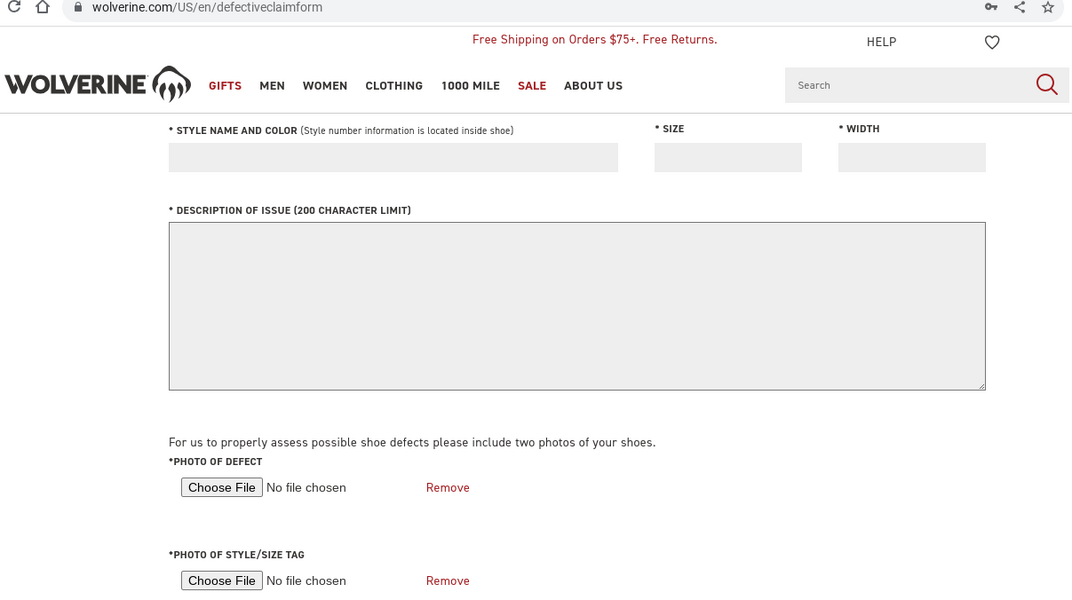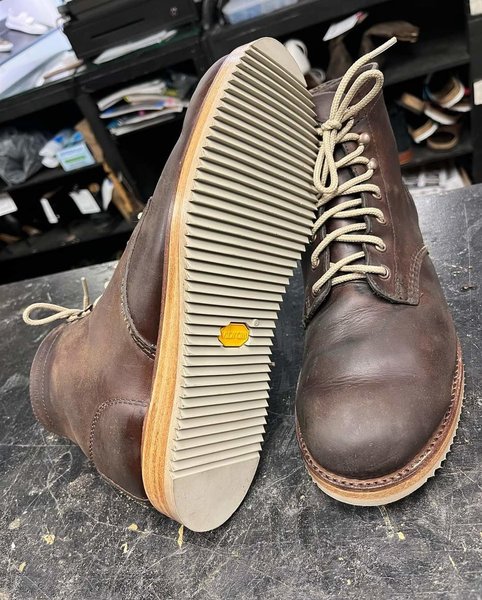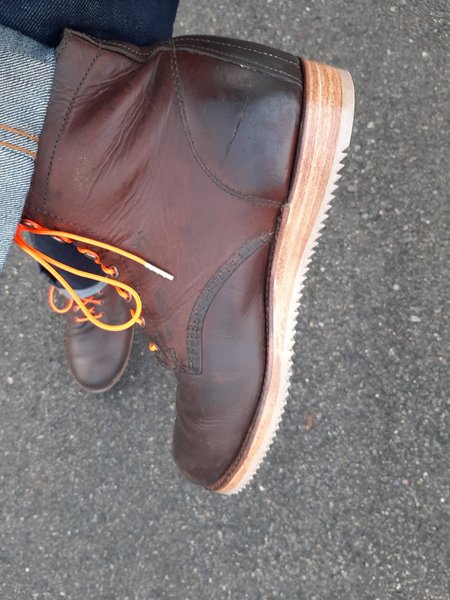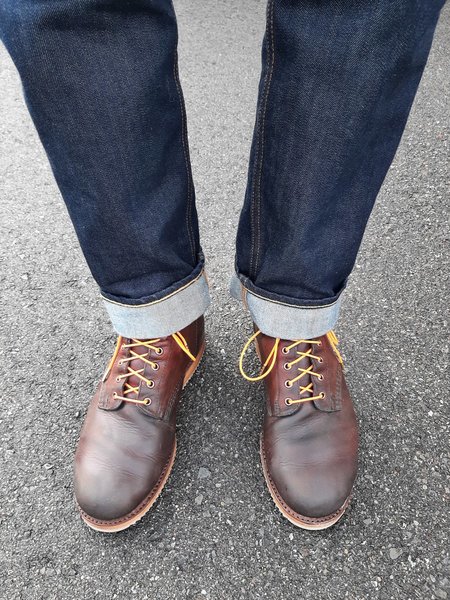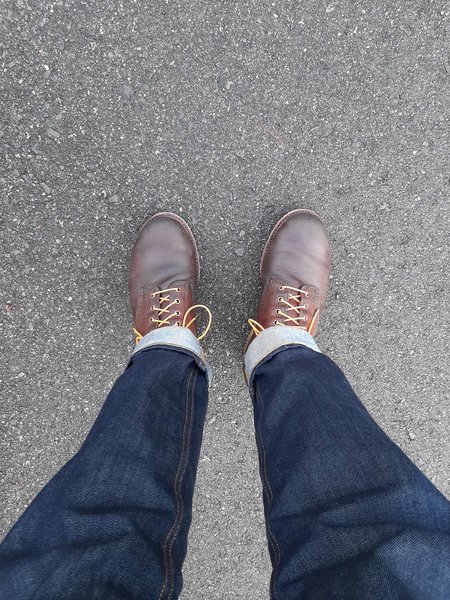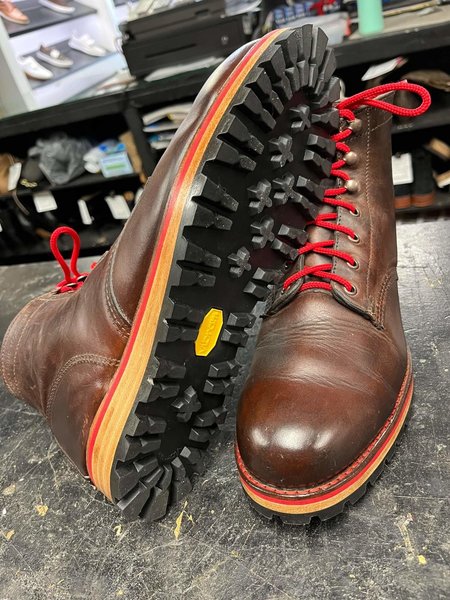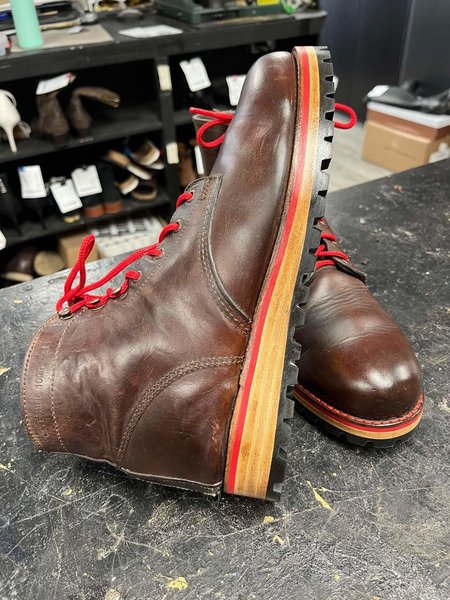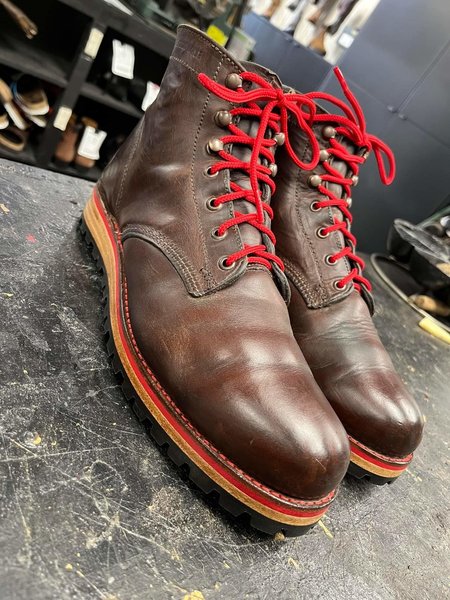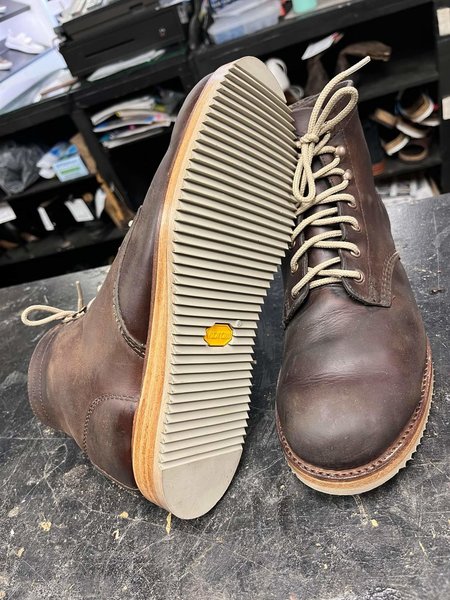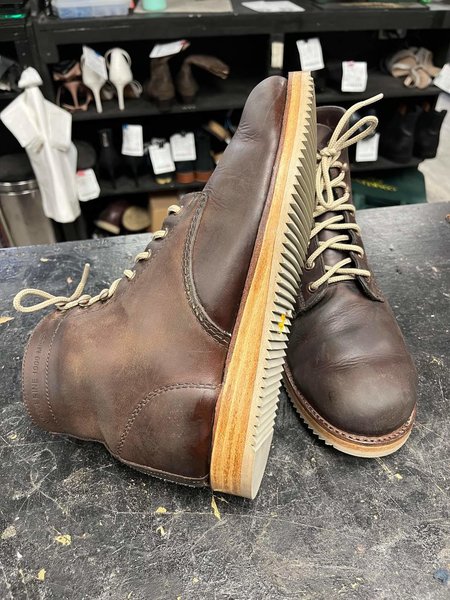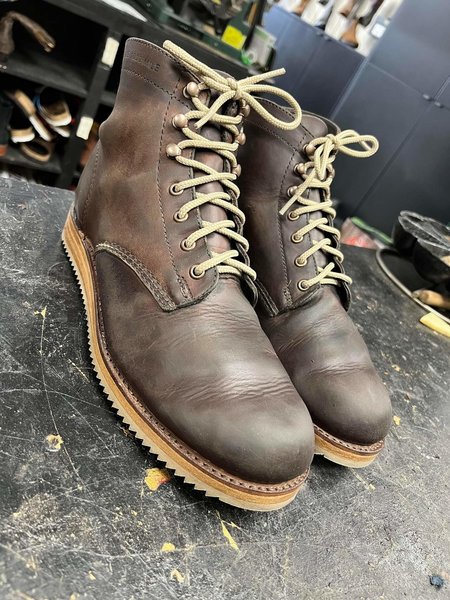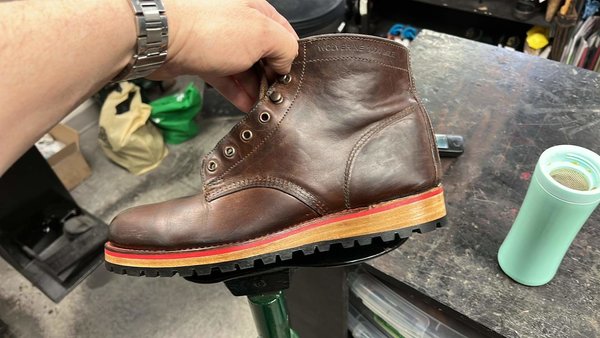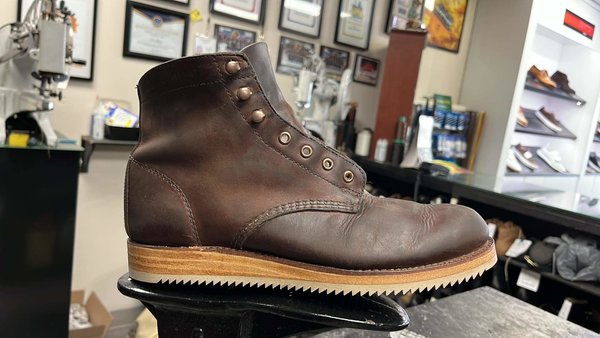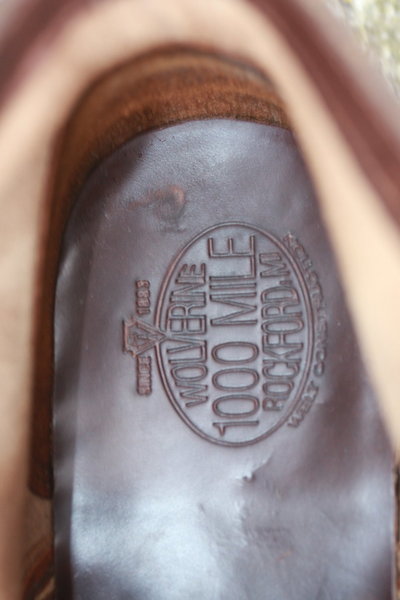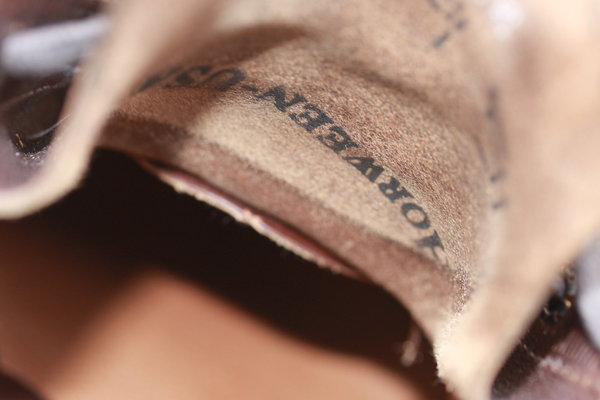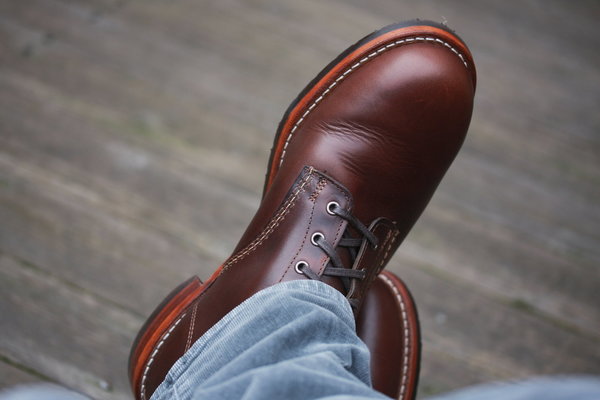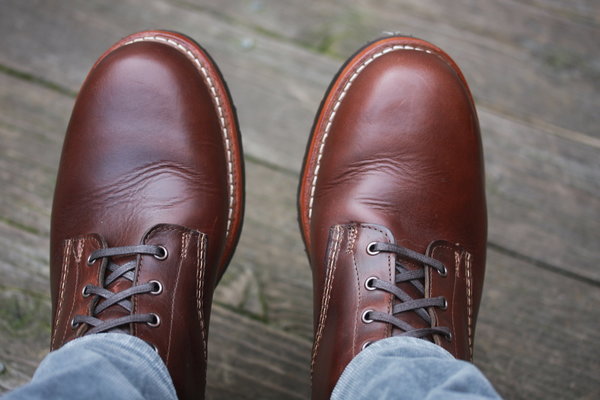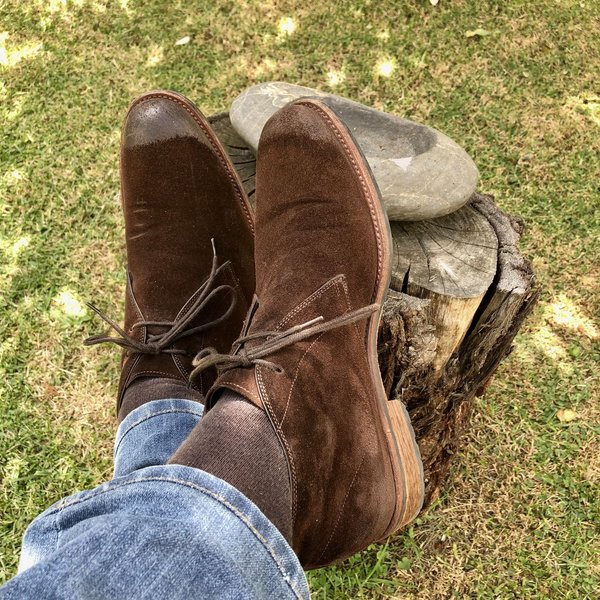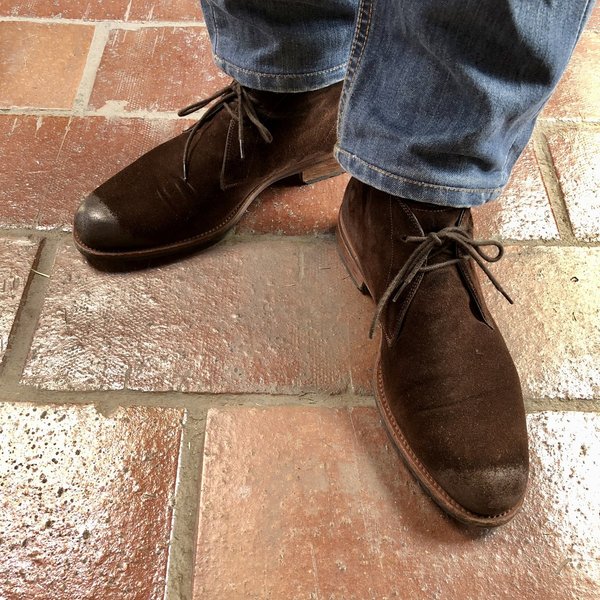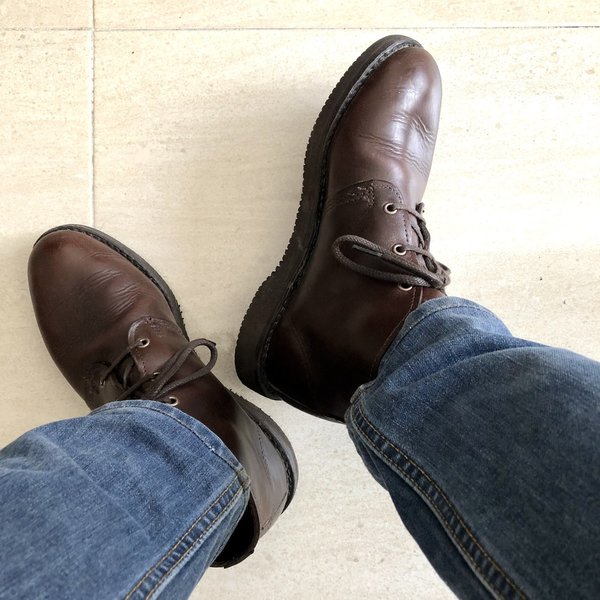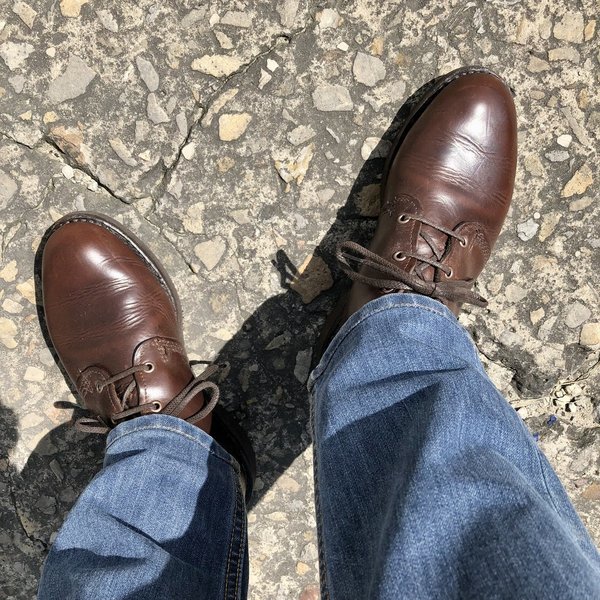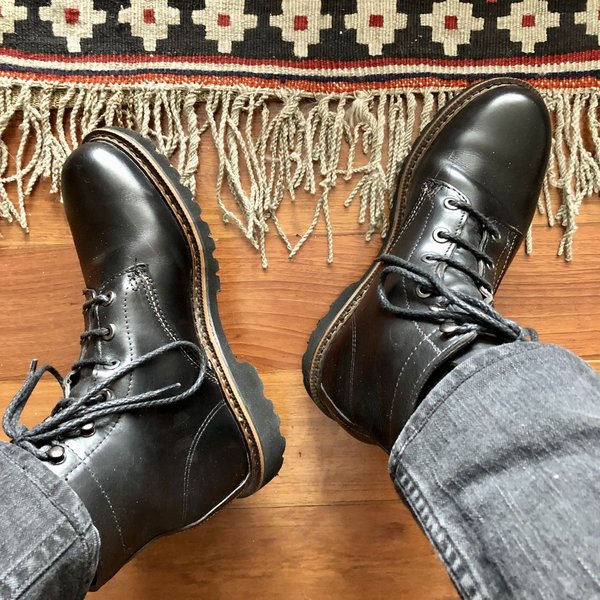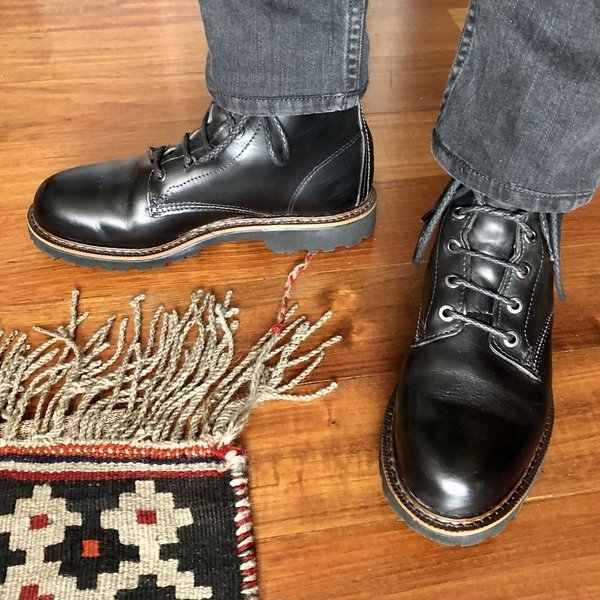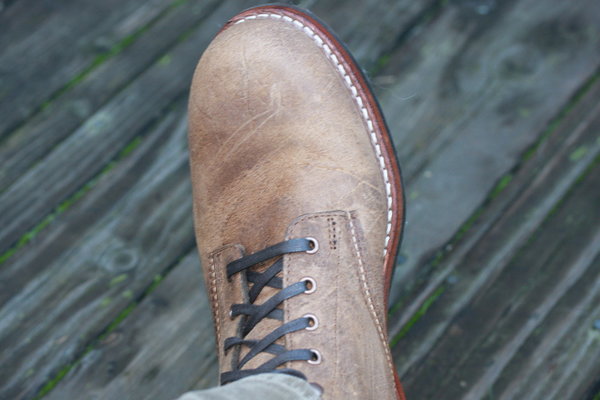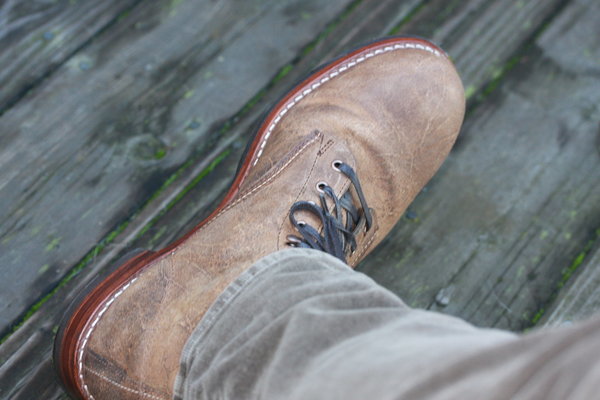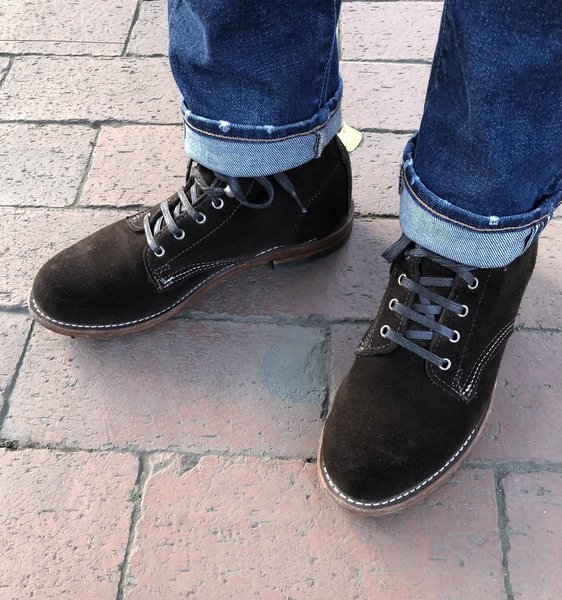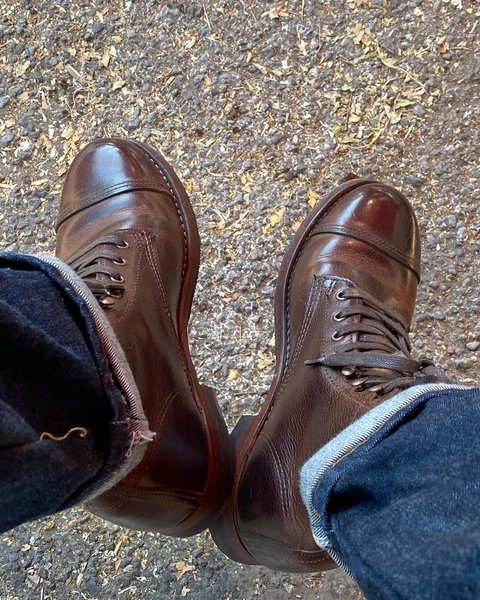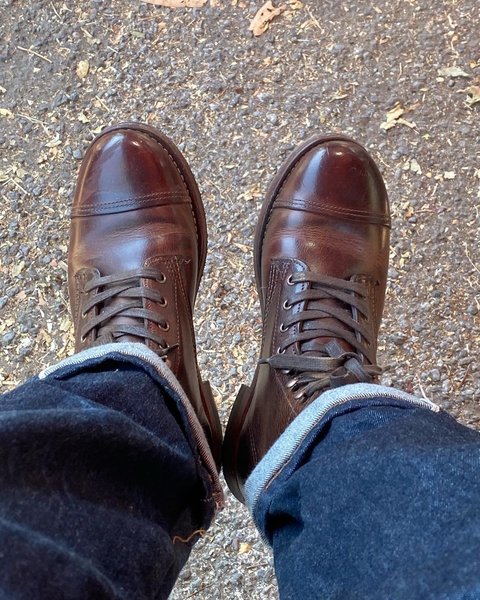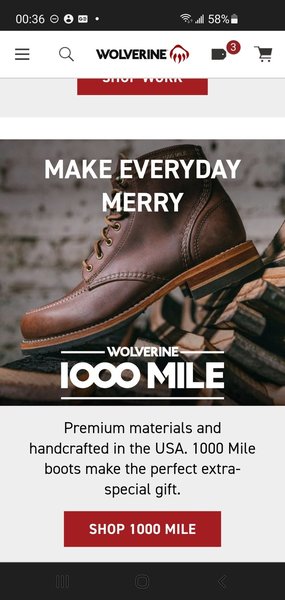anrobit
Senior Member
- Joined
- Jan 1, 2014
- Messages
- 518
- Reaction score
- 115
What do you mean with required treatments? Why are these required?Ignore it. It goes away after a few required treatments. Don't ever keep dumping oil on them to try to even out any initial spotting. Go ahead and LP them. Oil is your primary conditioner.. LP or snoseal is used to proof them and you might do that once a year. I tend to proof my boots twice a year. Once in late Fall and then again just before the Spring Missouri muck season begins.
Horween does recommend neatsfoot oil and mentions venetian shoe cream for conditioning chromexcel. Why don't you use them?Wolverine does not recommend neatsfoot oil by the way. The reason why i use Filson boot oil is because it was specifically designed to treat full grain vegetable tanned leather. I also have an endless supply of it. If I didn't I would be using Obenauf's products exclusively.
Sorry, I'm just curious as to your recommendations
![Lurker[1] :lurk: :lurk:](/styleforum_ads/smilies/lurker[1].gif)



